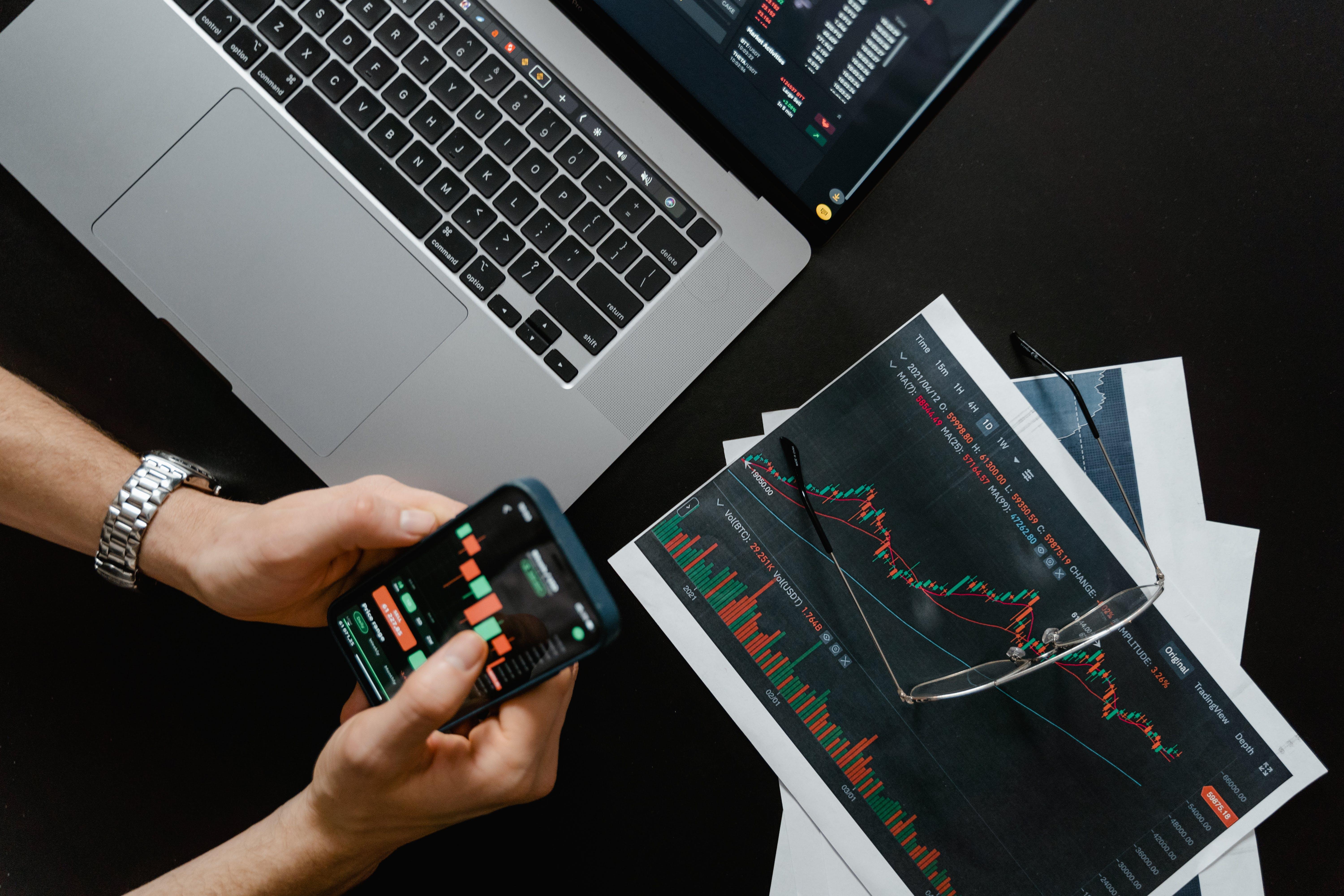
Markets in August 2023
Markets in August
- Markets finally took a little breather in August, as weak data out of China and rising interest rates weighed on markets. The S&P 500 fell 1.6%, while international markets fell even further. The EAFE was down 3.8% and Emerging Markets were down 6.1%.
- Energy was the only positive sector for the month up 1.6%.
- Economic data out of Germany and China continue to disappoint, leading them both to begin implementing measure to spur growth.
- Powell spoke at Jackson Hole, reiterating his determination to return inflation to 2%.
- Economic data in the U.S. came in mixed over the month. A few highlights are listed here but see the Economic Data section below for more.
- The U.S. added 187k jobs in August vs 170k expected. Although, the unemployment rate rose to 3.8% from 3.5%, it was due to an increase in the participation rate. Average hourly earnings rose 4.3% over last year vs 4.4% expected.
- The JOLTS report showed that job openings declined by 338k to 8.827 million. The lowest since March 2021 and below consensus of 9.465 million. The quit rate dropped to 2.3%. This is welcome news for the Fed who wants to see some softening in the labor markets to get wage inflation down to a range more conducive for its 2% inflation mandate.
- Q2 Earnings are down 4.1% for a year ago vs a 6.7% decline expected.
- Earning estimates over the next 12 months have increased 0.9% since June 30th.
- The Core PCE Index showed prices rose 4.2% in July over the year vs 4.1% in June.
Why It Could Keep Going Higher
- The primary driver of U.S. economic growth is the U.S consumer and Americans still have excess savings they’re able to spend. Although data shows this may be running low.
- Employment is still strong and that has always begun to slip before a recession.
- Inflation continues to decelerate and the Fed may be close to pausing rate hikes.
- Analysts are projecting that earnings will begin to rebound in Q3.
- There is a lot of cash on the sidelines and investors may put it to work on the fear of missing out.
 Biggest Risk
Biggest Risk
- Inflation and the Fed’s response to get it under control are still the biggest risks the economy faces currently. Fed policy impacts the economy with a significant lag so it is hard to determine what the future effects will be from the current rate hikes.
- Most foreign central banks are tightening policy at the same time, which may further amplify a global contraction.
- Employers may be forced to lay off more of their labor force to maintain margins in a slowing economy.
- The S&P 500 may be over-valued at almost 20 times forward earnings.
- Additional bank failures and commercial real estate defaults.
- Further Geopolitical tensions.
Economic Data
- Q2 GDP was revised lower to 2.1% in the second quarter.
- Fitch downgraded U.S. debt from AAA to AA+. S&P downgraded it to AA+ back in 2011 and has left it there ever since.
- Moody’s downgraded 10 regional banks and put many others on review.
- S&P Global Ratings downgraded some banks as well.
- Credit card balances rose to over $1 trillion.
- In Q2, individuals taking distributions from their 401k plans increased 12% and 36% from a year ago.
- Retail sales rose 0.7% in July vs 0.4% expected.
- SF Fed said that excess savings will be depleted this quarter.
- Existing home sales dropped 2.2% in July below expectations, but the low inventory pushed median prices up 1.9%.
- New Homes Sales increase 4.4% over the month and 31.5% from a year ago.
- Housing starts rose 3.9% in July.
- S&P Manufacturing PMI fell to 47 vs 49.3 expected.
- Services PMI fell to 51 vs 52.2 expected.
- ISM Manufacturing PMI rose to 47.6 in August above consensus.
- However, still in contraction territory for the 10th consecutive month.
- ADP data showed that private businesses hired 177k workers in August vs 195k expected. July was revised higher to 371k.
- Germany announced a tax cut plan to help jump start economic activity.

What We Are Doing
The latest inflation data is showing promising signs that inflation may be able to retreat further without devasting impacts to the economy. That said, the year over year comps become more challenging moving forward. This might keep the Fed’s fight stronger and longer than expected, inevitably pushing the economy into this highly telegraphed yet elusive recession.
With the S&P 500 trading at almost 19 times forward earnings, even if the markets move higher from here, it may be limited on how it can go until earnings improve.
Interest rates have also moved higher recently as the outlook for a soft landing becomes more entrenched. We used this increase to move some of our overweight in money markets into intermediate and longer-term bonds. We will continue to watch the economic dynamic carefully to take advantage of opportunities as they present themselves.


